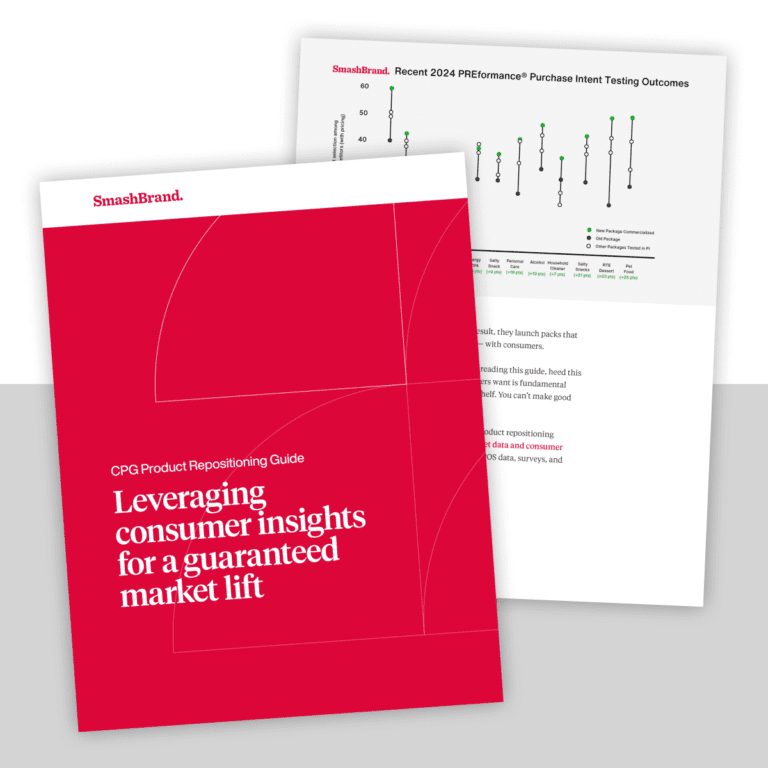Will society ever truly be done with paper label designs? Paper is more than just an antiquated material we cling to because we’re emotionally unprepared for the encroachment of the 21st century. It’s also food for termites.
The problem is, how do we use paper labels and still be relevant? Don’t worry – even though there is nothing inherently “wave of the futurey” about paper, paper processes are nonetheless evolving. When determining the paper label design for your product, keep the following practices in mind.
That whole thing about paper (and thus paper label design) being just as relevant as it ever was. As we begin part II of the thrilling paper label saga, we’d like to point out that paper, while not as exciting a technological innovation as it was 2000 years ago, is still a perfectly respectable digital-age tool. However, in the world of QR codes, possible home 3D printers, and electronic timer labels, it could be thought that we were moving towards a future of holographs and products that radiate brand information directly to our nerve centers. Well, maybe, but until those become legitimate marketing strategies, most of us will still rely upon good ol’ tangible paper.
Die-Cutting vs Laser Cutting
Like coopering, hay-mongering or dying of various poxes, die-cutting is an old-timey process. It’s been around since the 19th century and was used to cut anything soft enough to yield to a fairly malleable blade (or die). Leather, paper, cardboard, plastic, rubber and sheet metal can all be die cut, and often are.
Die-cutting processes are cheap, depending upon how elaborate the shape of the label is meant to be. If your label design is a basic oval, square or rectangular base, die-cutting will be the natural resource. However, die-cutting has significant limitations if you want the foundation of your label to be unique. For instance, you can die-cut snowflake shapes, but the results are often inconsistent. Edge quality can be compromised in extremely detailed applications.
Laser cutting is the way to go if you are looking for consistently perfect edge quality. The laser die offers precision detailing of the paper materials — the laser can shear through paper without fraying. Laser-cutting technology has evolved to such an extent that truly elaborately designed paper labels can be produced and reproduced at a totally reasonable rate. Most importantly, you can incorporate sophisticated design elements into the label material.
Which substrates?
Substrates are the treatments that alter the texture and appearance of paper while creating a barrier that allows the ink to adhere properly and in the most aesthetically advantageous way. Substrates are to paper what tanning beds are to Kardashians.
The type of paper substrates that will be best for your label will depend upon the type of image your label will feature and the environment in which your product will be stored. If your product is a beverage, the substrate will have to endure significant temperature fluctuations and possible condensation.
If your label design incorporates a photograph or a highly detailed graphic element, your substrate must be digital ink appropriate. But what about gloss? Will the shine element make the label difficult to read when sitting on a grocery store shelf?
Hot Stamping vs. Ink Printing?
Although it sounds like a methamphetamine manufacturing process, hot stamping is actually a lithographic procedure. It imparts a design onto a package or label using different foil or dry ink types. Hot stamping produces aesthetically pleasing results if your label is a single color. Also, hot stamping would be the only effective option if you want your label design to have a metallic or 3D finish.
If your paper label design is multicolored, you will have to ink print, which can spray multiple colors onto a surface on a single pass.
We hope you’ve enjoyed our stroll down the paper label design option lane. We appreciate and even love technological advancements in design strategies, but sometimes an ancient material like paper is more appropriate. Somehow, CGI origami seems cheater-y.
Data-Driven Brand Development
Want a best-selling brand? SmashBrand is a brand development agency for FMCG and CPG companies. From brand strategy to packaging design testing, our Path To Performance™ process guarantees a retail performance lift. Book a time to discuss your project with our team.
Subscribe to
Nice Package.
SmashBrand’s Nice Package: Stay current with our latest insights
Free Resource.

CPG product repositioning guide.
Explore the five undeniable signs your CPG product needs repositioning along with strategies for leveraging consumer insights for a guaranteed market lift.
Download Whitepaper About CPG product repositioning guide.